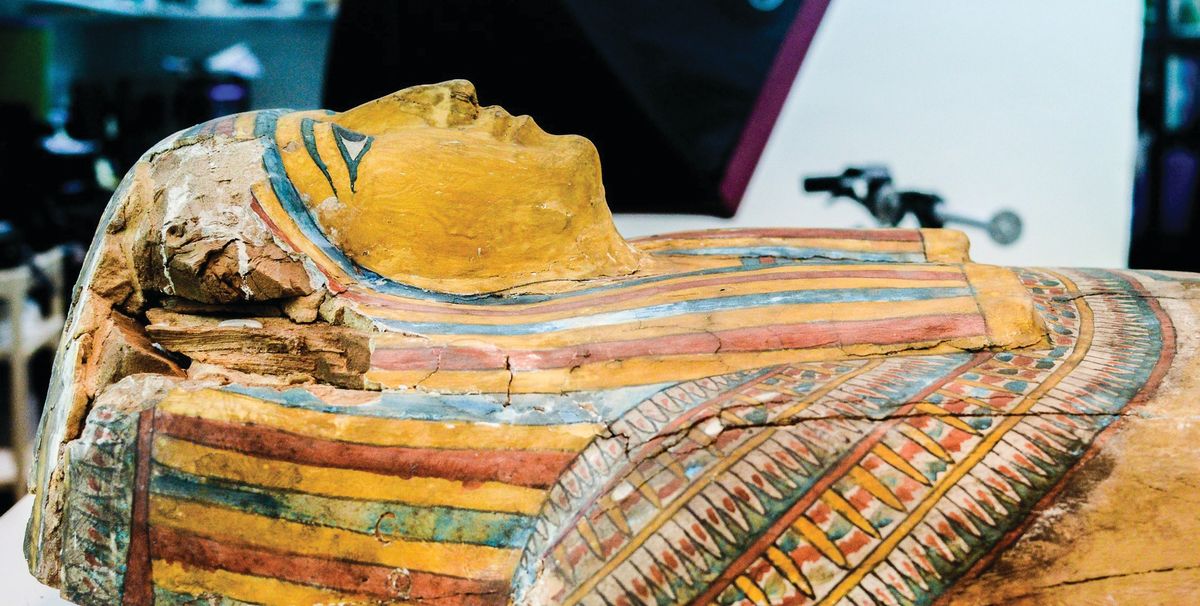The UK’s largest ancient Egyptian collection outside the British Museum goes back on show today (28 April) at Liverpool’s World Museum after an 18-month, £1.8m refurbishment. The renewed displays trace 5,000 years of Egyptian antiquity, as well as the history of the collection, which was founded by a local jeweller, Joseph Mayer, at the height of 19th-century Egyptomania. The gallery has trebled in size to 1,000 sq. m and will house around 1,000 artefacts, from a four-metre-long Book of the Dead papyrus to a recently identified statue fragment of Nefertiti.
The display includes ten mummies (the largest group in a UK museum after the British Museum), recreating the “mummy room” that had pride of place in Mayer’s Regency mansion between 1852 and 1867. That year he donated his antiquities collection, including eight mummies, to the city of Liverpool. The port that received Egyptian cotton for the booming textile industry in northwest England also became a gateway for ancient objects excavated in Egypt and Sudan by archaeologists at the University of Liverpool.
Four mummies and their coffins are returning to view for the first time since they were damaged by bombing during the Second World War. “In the May Blitz of 1941, more than 3,000 Egyptian objects were destroyed,” says the World Museum’s director Steve Judd. Recent restoration efforts have focused on “stabilising” the mummies and “giving a more respectful appearance” by removing sooty dirt, smoothing torn wrappings and securing fragmentary decoration against further loss, says the conservator Tracey Seddon. “Some war damage is still evident, but this is part of the story the mummies have to tell.”
The redevelopment was supported by the Wolfson Foundation and the UK Department for Culture, Media and Sport, the Garfield Weston Foundation, the Headley Trust and the Molly Tomlinson Bequest Fund.


